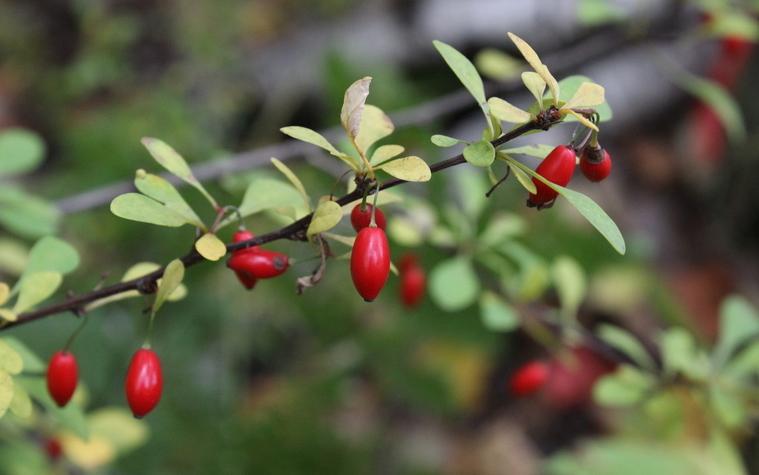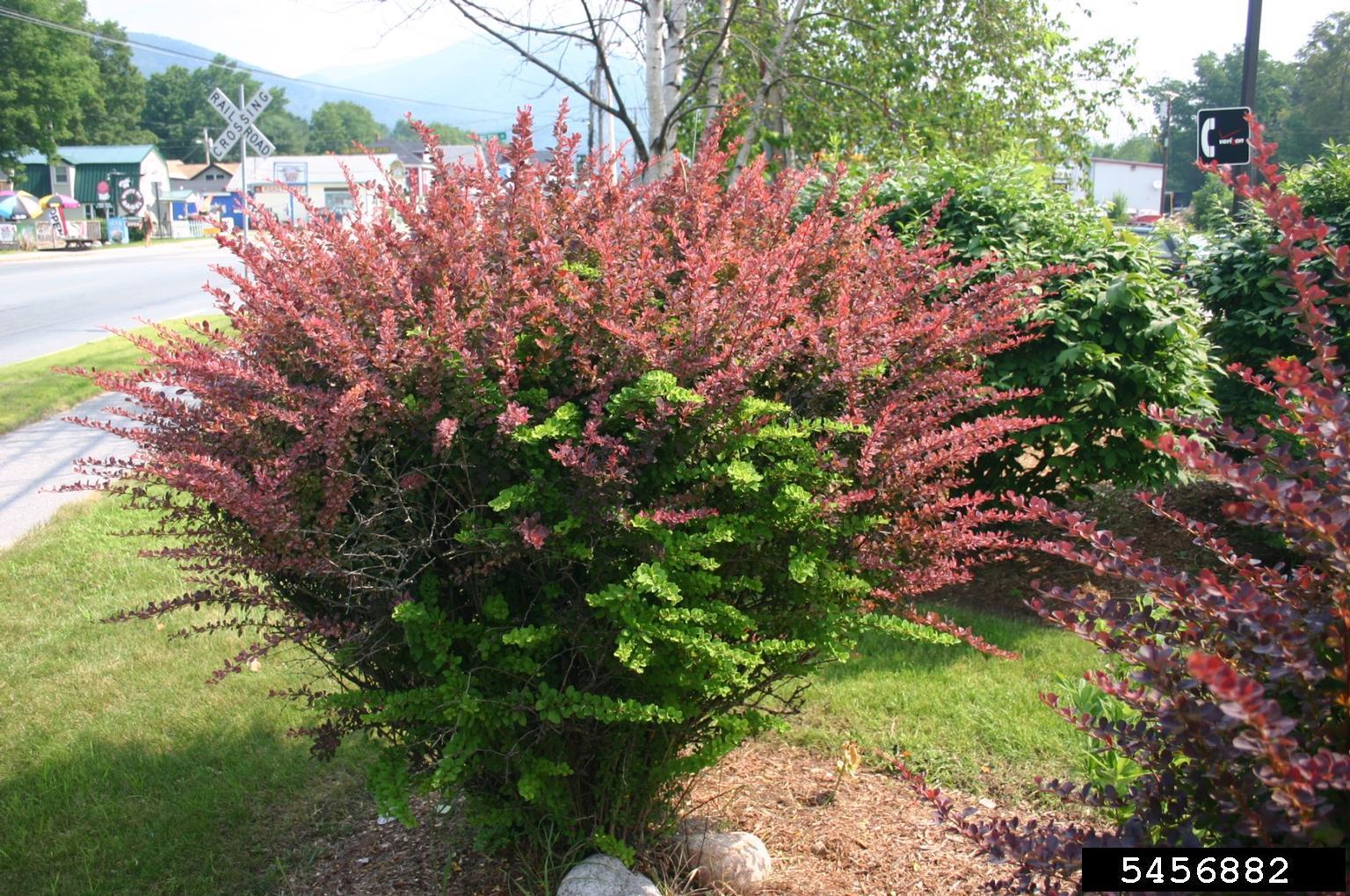About Japanese barberry (Berberis thunbergii)
Life cycle and background
Japanese barberry is a deciduous, woody perennial shrub. It is used commonly in landscaping due to its easy maintenance, adaptability, and tolerance of dry, poor soils and urban conditions. It is a popular choice due to its resistance to deer browsing. First introduced as an ornamental plant in 1875, it has escaped cultivation and forms thickets in woodlands and other habitats. Its dense foliage creates an ideal humid environment for black-legged ticks (deer ticks) which can carry the pathogen that causes Lyme disease.
The Maryland Department of Agriculture (MDA) has named this a Tier 2 invasive plant. This classification means retail stores that offer this plant for sale must display a required sign indicating that it is an invasive plant. Landscapers may not supply Japanese barberry (Berberis thunbergii) unless they provide the customer with a list of Tier 2 invasive plants.
Invasive Plants to Avoid Buying for your Yard and Garden in Maryland
Growth habit
Fine-leaved, dense, invasive shrub. Grows 2 to 8 feet high. Leaves are ½ to 1½ inches long, oval-shaped to narrow at one end. Color varies by cultivar and can range from green to red to dark purple. Branches usually have small single spines where the leaves join the stem. Pale yellow flowers bloom from mid-April to May. Produces bright red berries about 1/3 inch long in late summer. Leaf litter changes soil chemistry and biological activity, reducing suitability for some native plants. Many cultivars of Japanese barberry are available; all are considered to have invasive potential until research proves otherwise.

Reproduction
Spreads by seeds dispersed by birds and small mammals. Sprouts from rhizomes and branches that come in contact with the ground (layering). A single shrub can form a dense impenetrable mass. White-tailed deer prefer not to eat Japanese barberry, which increases its survival.
Tolerates full sun and deep shade. Highly adaptable to many habitats including forests, wetlands, pastures, and meadows. Forms dense thickets and displaces native species.

What to plant instead
Highbush blueberry (Vaccinium corymbosum), Sweet pepperbush (Clethra alnifolia), Northern bayberry (Myrica pensylvanica)
Controlling Japanese barberry
- Invasive Shrub Control
- (PDF) Control of Invasive Non-Native Plants
- (PDF) Plant Invaders of Mid-Atlantic Natural Areas
- Are invasive plants “bugging” you? | Maryland Invasive Species Council
- Controlling Japanese Barberry Helps Stop Spread of Tick-Bourne Diseases | University of Connecticut
- Japanese Barberry | Penn State Extension
Additional references
Kaufman, Sylvan Ramsey & Wallace Kaufman. 2007. Invasive Plants: Guide to Identification and the Impacts and Control of Common North American Species
Swearingen J., K. Reshetiloff, B. Slattery, and S. Zwicker. 2002. Plant Invaders of Mid-Atlantic Natural Areas. National Park Service and U.S. Fish & Wildlife Service, Washington, DC.
Japanese Barberry, Maryland Invasive Species Council webpage.
Compiled by Christa Carignan, reviewed by Debra Ricigliano, University of Maryland Extension, 5/2018. Revised 9/2020.
Still have a question? Contact us at Ask Extension.
